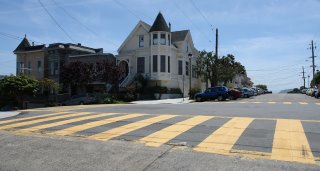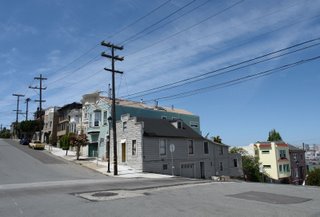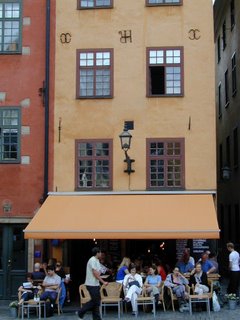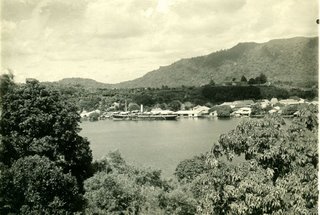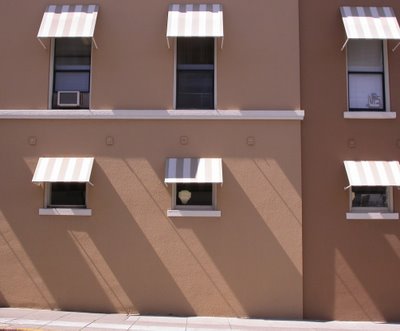
Looking at it today, one can marvel at its fine workmanship and detail. As an instrument of singular and utilitarian purpose, it was well ahead of its competition at the time. It was designed so that the user did not need to unscrew and take apart the head from the stem in order to change blades. You simply turned the base of the milled stem, and the head that held the blade would open like twin doors to expose the cavity into which the blade would fit perfectly.
It was made entirely of metal, and in certain respects it was as finely wrought as an expensive Zeiss camera. For example, a milled ring just below the head was engraved (engraved, not simply stamped) with odd numbers from 1 to 9, with dots in between to indicate the even numbers, and each number or dot provided a definite click-stop. What this ring did was raise and lower four platens within the head. The platens were there to press up against the inserted blade. The idea was to allow the thin flexible blade to expose more or less of its sharp shaving edge to fit the user's needs, a lower number on the ring giving a closer shave.
I have owned this gem (and indeed its fine construction is more like that of a piece of jewelry than a shaving razor) for a half-century. It was made in the U.S.A. Beneath the head is stamped this information along with the maker's logo—a diamond with the name "Gillette" run through by an arrow—and the then ubiquitous "REG.U.S.PAT.OFF". On the inside of the blade-holder are the words ""PAT.NOS.ON PKG".
Compare this work of art with the colorful monstrosities of today, with their multiple thin metal blades embedded in a plastic shaving head, and with their ribbed and rubbery stems that are meant to provide an ergonomic fit.
This is just another example of oldtime American ingenuity and quality that one can hardly find these days.



